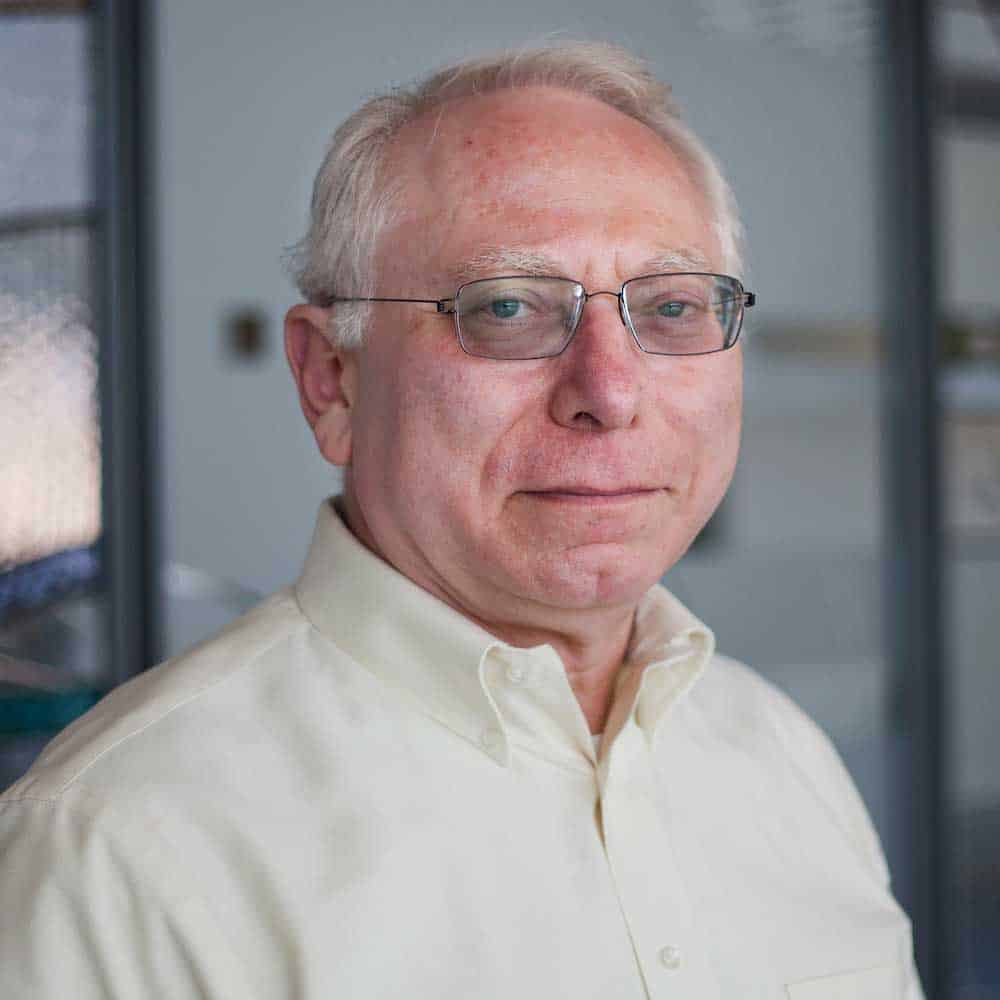
Prof. Gombosi named to new NOAA Space Weather Advisory Group
The new NOAA group will advise on improving our ability to prepare for, mitigate, respond to, and recover from space weather storms.

The new NOAA group will advise on improving our ability to prepare for, mitigate, respond to, and recover from space weather storms.
Climate & Space is very pleased to announce that Konstantion I. Gringauz Distinguished University Professor Tamas Gombosi has been appointed to the newly formed NOAA Space Weather Advisory Group (SWAG).

The group was created by the Promoting Research and Observations of Space Weather to Improve the Forecasting of Tomorrow Act of 2020 (PROSWIFT) with the mission to “receive advice from the academic community, the commercial space weather sector, and nongovernmental space weather end-users to advise the Space Weather Operations, Research, and Mitigation (SWORM) Interagency Working Group (IWG) established by the National Science and Technology Council.”
Prof. Gombosi joins four other representatives from the academic community; five members of the commercial space weather sector; and five nongovernmental representatives of the space weather end-user community. The structure of the group in intended to include an “appropriate range of views that represent the span of the space weather community and end-user sectors.” Each member will serve a three-year term, and the group’s chair will be selected by the NOAA Administrator within 30 days.
“I am deeply honored by this appointment,” said Prof. Gombosi. “I am looking forward to working with my new colleagues on this important issue.”
According to NOAA, “By statute, the SWAG will advise the SWORM IWG on improving the ability of the United States to prepare for, mitigate, respond to, and recover from space weather storms. The SWAG will also advise on enhancing the transition of research to operations and operations to research; and developing and implementing an integrated space weather observation strategy.”
The first order of business for the new advisory group will be to conduct a survey of users of space weather products to help identify how and where they can be improved.
A native of Hungary, Tamas Gombosi was educated in theoretical physics at the Lóránd Eötvös University in Budapest. He did his postdoctoral research at the Space Research Institute (IKI) in Moscow, Russia, under the direction of space pioneer Konstantin Gringauz. Early in his career Tamas Gombosi was a member of the scientific staff of the Central Research Institute for Physics (KFKI) of the Hungarian Academy of Sciences. In 1985 he joined the faculty of the University of Michigan.
His scientific contributions span from planetary exploration to theoretical space plasma physics, to kinetic theory and generalized transport equations, to global simulations of space plasmas. His recent interests focus on the development of high-performance numerical codes and software frameworks for simulating space plasmas.
He initiated and led a successful effort to develop the first generation of high-performance, physics- based, predictive models of the Sun-Earth space environment. This model has become the dominant workhorse for Space Weather simulations at the Community Coordinated Modeling Center.
Professor Gombosi and his team went on create the BATS-R-US grid-adaptive extended magnetohydrodynamic model, a powerful and versatile numerical tool used to model the global geospace environment, the heliosphere, the solar interior, and planetary magnetospheres, allowing for a smoothly unified simulation of the entire Sun to Earth space system. Next, the team developed the Space Weather Modeling Framework, a powerful computational tool that enables the space physics community to couple together a chain of models and describe the complex Sun-Earth system. This tool has been transitioned to NOAA’s Space Weather Prediction Center and began operational Space Weather forecasting on October 1, 2016.
Gombosi participated in several space missions, including the Venera 9 and 10 Venus orbiters, the VEGA mission to comet Halley, the Dynamics Explorer mission to explore the upper atmosphere and ionosphere, and the Pioneer Venus mission. Recent space missions include the Cassini/Huygens mission to Saturn and its moon Titan, the Rosetta mission to comet Churyumov-Gerasimenko, the STEREO mission to explore solar storms, and the Magnetospheric Multiscale mission.
Tamas is married to Eszter Gombosi. They have two grown children: Judit and Zoltan. Both are University of Michigan alumni.
Read the full NOAA announcement here: https://www.weather.gov/news/091421-swag-members
Link to Prof. Gombosi’s webpage: http://www-personal.umich.edu/~tamas/index.html